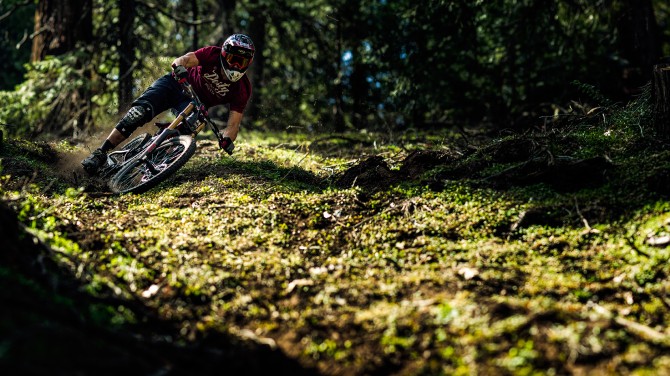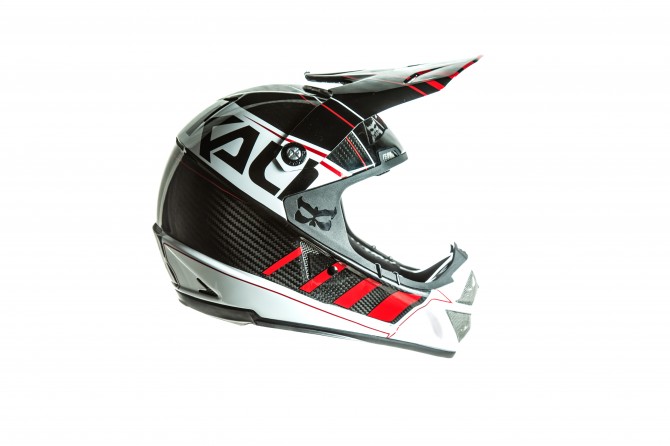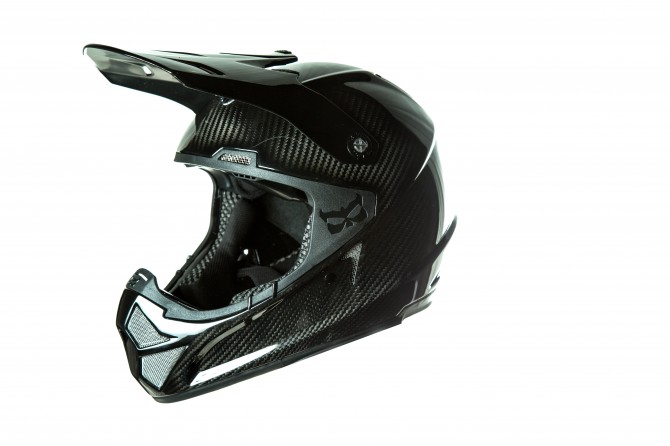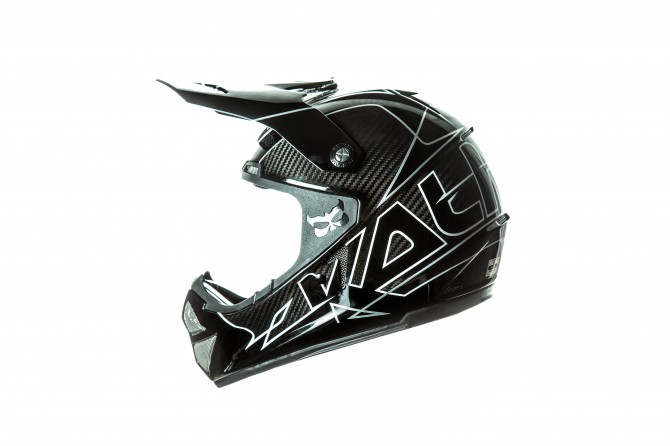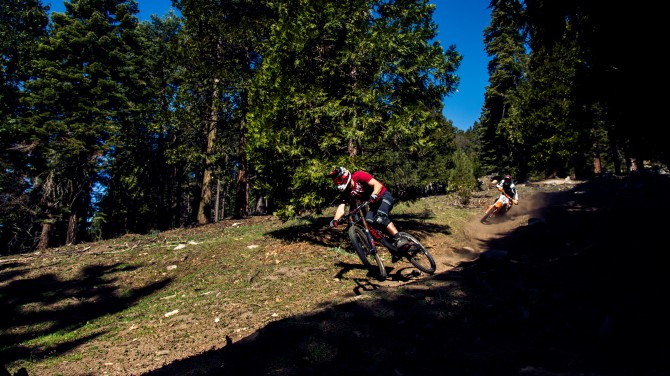Kali Protectives Launches DOT Certified Shiva Fullface Helmet
https://www.youtube.com/watch?v=vILkuykuaq4
Kali likes to think outside the box with its helmets, offering alternative ways to achieve similar or higher levels of protection and now they’ve done it again with their new Shiva full face helmet, which meets full DOT certification. Check out their press release and video to find out more.
There is a long-standing debate among gravity riders about whether or not to wear a motocross or bicycle certified helmet while mountain biking. There are advantages and disadvantages to both standards, and depending on the crash, the argument could go either way.
Ultimately the two standards are not that different. The main difference is that the DOT certification requires a higher drop test, a stiffer chin bar, and an additional penetration test.
The DOT penetration test is designed to simulate crashing into a pointed object like a curb, peg, or handlebar. On a bike, you may encounter similar scenarios if you crash in a rock garden, or catch a pedal.
We’ve also found that it’s not unusual for gravity riders to hit similar speeds as off road racers. Last year for instance, racers at multiple world cup tracks clocked speeds of over 50 mph (~80 kmp) through speed traps.
The disadvantage of a DOT helmet is the size and weight. Due to the more stringent testing standards, DOT helmets have to use thicker shells and more EPS foam. This results in heavier helmets with higher foam densities, and thicker shells.
When we began developing the SHIVA™, we wanted to meet all of these challenges. What makes our full face helmets unique in both the cycling and motorcycle industry is that our shell and foam is inmolded. That means they are one piece, rather than being glued or taped together like that crummy skate lid you wore as a kid. This enables us to make lighter and thinner shells, which means in an impact, the shell can begin transferring energy into the foam sooner.
We consider ourselves to be industry leaders in innovation, so we’ve continued to evolve our manufacturing process by introducing a unique multi density foam liner. With the use of geometric shapes, our foam liner helps to spread impact loads over a larger surface area, and better absorbs medium to big hits. We combined this multi density foam (which marketing calls Composite Fusion™ Plus) with a softer layer around the head for lower speed impacts.
As we continued to evolve this process and test new ideas, we discovered a triangular pyramid shape, which helped dissipate energy even better. When we tested it in one of our existing bicycle full face helmets, we found we could pass DOT testing without making any compromises in foam density, shell thickness, size, or weight.
Taking what we learned from testing, we designed the SHIVA™ to incorporate this new technology, as well as meeting other goals – like reduced size and weight. While saying something is the lightest and smallest in the world is certainly a great talking point, particularly from a fatigue perspective, recent research indicates that by reducing the size of a helmet by 10%, you can reduce the effects of rotational forces by 22%.
With the SHIVA™, we’ve created a downhill-certified helmet, with all the benefits of the DOT standard, and none of the compromises. For those riders who like to push the limits on their pedal bike, or grab throttle on the weekends, the Shiva offers a one helmet solution in a bike sized package, that is that is measurably smaller, lighter, and safer.

